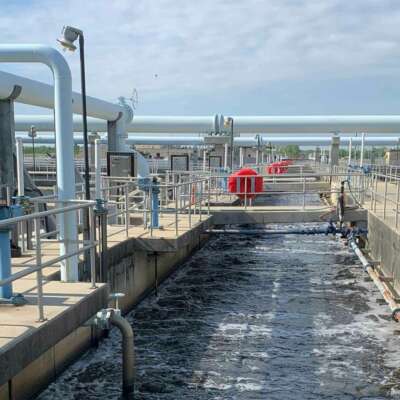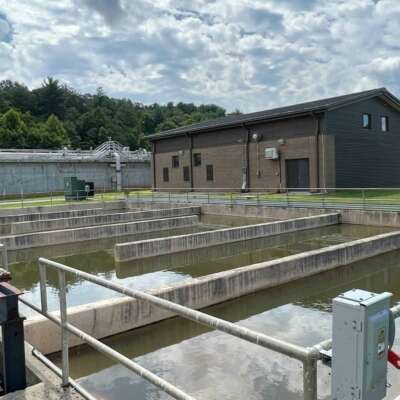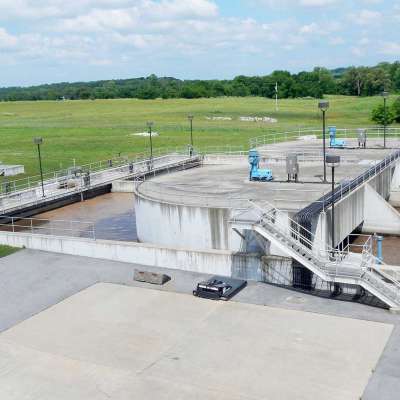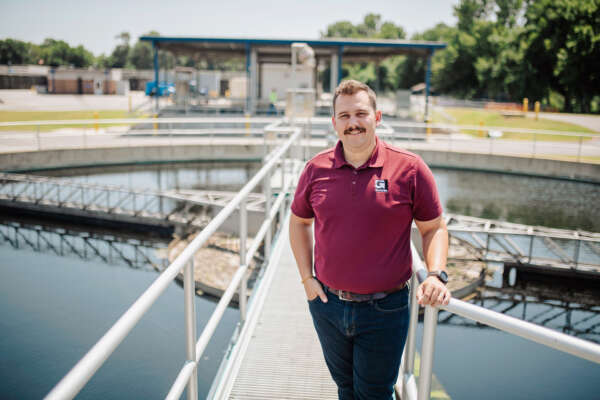DWU CWWTP Complex A Improvements
Project improvements resulted in better effluent quality, more reliable treatment during peak flow and load events, and prepared the City for future phosphorous and nitrogen removal discharge limitations
The activated sludge Complex A, which treats secondary effluent from the Dallas Central WWTP, was originally built in 1973 and consisted of twelve individual treatment trains with twelve complete mix reactors and twelve dedicated final clarifiers. This configuration presented a lack of flexibility and operational challenges, including uneven splitting between the twelve basins, “dead zones” in the aeration basins where there was not enough air or mixing, severe issues with scum and filamentous bacteria, and extended periods needed for draining.
As part of this project, flow splitting improvements between the primary and secondary splitter boxes were provided, aeration basins were combined to consist of six treatment trains with enhanced aeration controls, the final clarifiers were rehabilitated based on individual corrections needed at each clarifier, and new pumps were provided to cut down dewatering time. Additionally, this project constructed a redundant chlorine line, optimized chlorine header design, new chlorine evaporators, and a modified chlorine discharge that enhances mixing prior to the chlorine contact basins.
Operations were simplified at Complex A in three ways. First, enhanced level indication and controls provide equal splitting between basins and keep operators from needing to troubleshoot gate elevation. Second, additional DO sensors in each aeration basin zone allow operators to pinch valves to adjust airflow rates into each zone to fine tune the basin operations. And third, new submersible dewatering pumps that were installed drastically cut down on dewatering time, which allows operators to have basins offline for a shorter time and provide faster startup.
The improvements included with this project have provided Dallas with better effluent quality and more reliable treatment during peak flow and load events, and they have prepared the City for future phosphorous and nitrogen removal discharge limitations.













Share this article